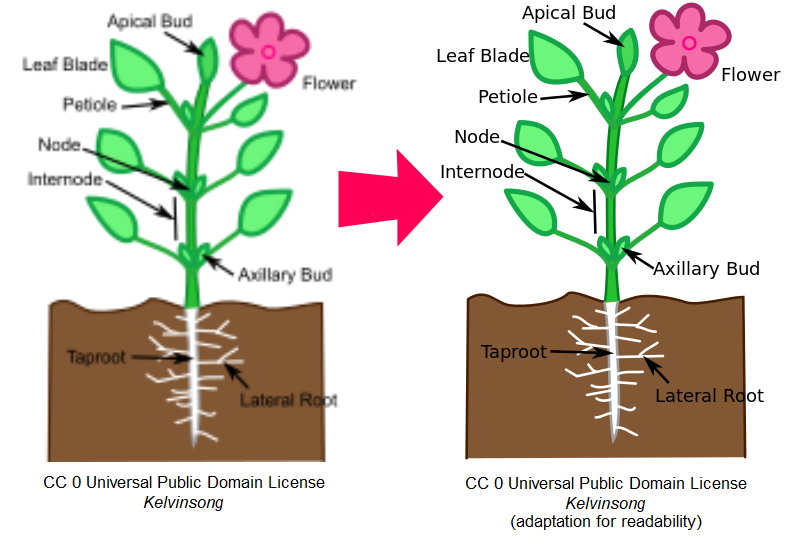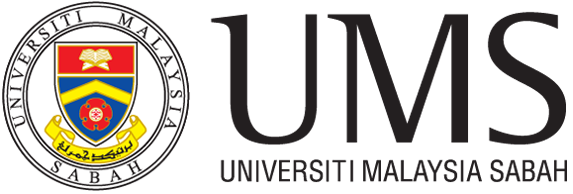Open Licensing
All OER are distributed under some form of open license, which provides a set of authorized permissions from the rights-holder for any and all users. The most popular of these licenses are Creative Commons (CC) licenses, which are customizable copyright licenses that enable others to reuse, adapt, and republish content with minimal or no restrictions. CC licenses allow creators to clearly state how their works can be used by others. When you encounter a work with a CC license, you can easily understand how to incorporate it into your course. By assigning an open license to your own work, you grant all users the rights specified by the license, and you cannot restrict reuse by certain individuals or groups without altering the license itself.
Creative Commons licenses will be explored in more detail in the next chapter. However, there are other open licenses that can be applied to educational materials. A few of these licenses are described below:
- GNU Free Documentation License: A copyleft license grants the right to copy, redistribute, and modify a resource, with the condition that all copies and derivative works must be made available under the same license. While copies can be sold commercially, the original document or source code must also be accessible to the user.[5]
- Free Art License: The FAL “grants the right to freely copy, distribute, and modify creative works without infringing the author’s rights.” It is intended for use with artistic works rather than documents.[6]
If you’re interested in learning more about open licenses, feel free to explore the Free Software Foundation’s information on copyleft licenses, some of the first licenses used for open content.[7]
Why Open Licenses?
Open licenses are fundamental to what qualifies an educational resource as an OER. The adaptability and reusability of OER ensure that they are not only free to access but also available for educators to modify for their courses. For instance, in the figure below, an openly licensed image has been traced to enhance readability for users.

“Adaptation in action” by Abbey Elder, licensed CC 0 1.0, was adapted from “Copyrighted source to tracing” by Kelvinsong, also licensed CC 0 1.0. This image was originally used to represent an improper recreation of a copyrighted work via tracing. In this example, it shows how an already open work can be legally recreated via tracing for readability.
Early in the open education movement, David Wiley introduced what became one of the foundational tenets of the field: the 5Rs[8]. These five attributes lay out what it means for something to be truly “open”.
The 5 Rs include:
- Reuse – Use a resource in any context you choose.
- Remix – Combine multiple resources to create a new, integrated resource.
- Revise – Make a copy of a resource and modify it to suit the local context.
- Retain – Keep a copy of the resource and control it permanently.
- Redistribute – The right to share what you’ve created freely.
While the “redistribute” and “revise” rights are the most commonly exercised rights in open education, each of the five plays an important role in the utility of an open educational resource. For example, without the right to “remix” materials, an educator who teaches an interdisciplinary course would not be able to combine two disparate OER into a new resource that more closely fits their needs.
In the next chapter, we’ll look at Creative Commons licenses and how they facilitate the expression of the 5 Rs in unique ways.
Footnotes
- https://www.ic.gc.ca/eic/site/cipointernet-internetopic.nsf/eng/h_wr02281.html#copyrightDefined ↵
- https://www.ic.gc.ca/eic/site/cipointernet-internetopic.nsf/eng/wr04784.html ↵
- Attribution: “Licensing” and “Public Domain” were adapted in part from UH OER Training by Billy Meinke, licensed CC BY 4.0. ↵
- Of course, standard citation procedures still apply for creative works in the public domain. You cannot claim another’s work as your own. ↵
- Free Sotware Foundation. “GNU Free Documentation License.” 2008. https://www.gnu.org/licenses/fdl.html ↵
- Copyleft Attitude. “Free Art License 1.3.” 2007. http://artlibre.org/licence/lal/en/ ↵
- Free Software Foundation. “What is Copyleft?.” Accessed June 29, 2019. https://www.gnu.org/copyleft/copyleft.html ↵
- Wiley, David. “Defining the ‘Open’ in Open Content and Open Educational Resources.” Open Content blog, 2014. http://opencontent.org/definition/ ↵

